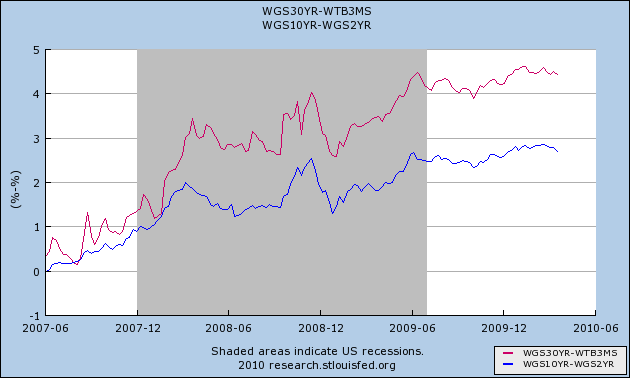Investors yield to bonds charms again despite interestrate worries
Post on: 12 Август, 2015 No Comment

It seems bond investors are no better at predicting market direction than their stock-picking counterparts.
Fotog | Getty Images
Now investors are rotating back to the safety of bonds amid the recent uptick in equity-market volatility, mirroring the herd mentality that more often defines active stock traders.
Year-to-date net inflows to all bond funds through March 7 reached $19.9 billion, in stark contrast to the $91.3 billion that flowed out of bond funds in 2013, according to fund-tracking firm EPFR Global. Sentiment was vastly different still in 2012, when net inflows to bond funds reached a record $493.6 billion.
Over the past two to three years, professional and individual investors alike have not been great about guessing the direction of interest rates, said Christine Benz, director of personal finance at research firm Morningstar.
The smart money was on rising rates in 2012, she noted, as bond investors prematurely flocked to shorter-duration securities.
Even what seemed to be a clear direction for fixed income didn’t necessarily play out the way people thought it might, Benz said.
Interest rates and bond prices generally move in opposite directions: When interest rates rise, bond prices fall — and vice-versa. Thus, bonds lose value in a rising interest-rate environment.
Those who read the economic tea leaves agree that interest rates will trend slowly higher in the coming year.
Panic doesn't pay
How fast and how far remain to be seen, but Federal Reserve Chair Janet Yellen earlier this month offered new guidance, suggesting rate hikes could begin six months after the U.S. central bank ends its aggressive bond-buying program this fall. That means rate increases may kick in as early as spring of 2015.
Bob Doll, chief equity strategist at Nuveen Asset Management, predicts the benchmark 10-year Treasury yield will move toward 3.5 percent this year from its current yield of roughly 2.8 percent as the Fed completes tapering and holds short-term rates near zero. The 2014 economic outlook by Wells Fargo forecasts that the 10-year Treasury will stand at 3.2 percent.
Amid the uncertainty of interest-rate risk and the hit-or-miss history of market-timing techniques, the message for average investors is clear: Panic doesn’t pay.
Message No. 1 for investors is: Don’t panic, said Nicholas Colas, chief market strategist for brokerage firm ConvergEx Group, adding that contrary to the narrative that said interest rates would instantly rise when the Fed taper started and spooked a lot of investors last year by saying that bonds were not the place to be, the bond market has been up.
You’ll hear a lot about the improving economy causing higher inflation, but the bottom line is that bonds will be a perfectly fine place to be in 2014, Colas added.
The vast majority of investors are best served by creating a diversified portfolio based on their age and risk profile and holding firm no matter which way the economic winds blow, Colas said.
That goes double for retirees and soon-to-be retirees who can ill afford to repeat their mistakes of the past. Indeed, many investors reacted with costly knee-jerk adjustments to their asset allocation during the stomach-churning downturns in 2001 and 2007–08.
That was OK, because most were still working and had the opportunity to put more money back into their retirement funds, but as the population ages, they can’t afford to make those mistakes anymore, Colas said.
Morningstar studies repeatedly show that most investors negatively impact their long-term return by buying in too late (when a fund is ready to cool off) and selling when its performance is poised to pick up.
The typical investor, the firm has found, gained 4.8 percent for the 10 years ended December 2013 versus 7.3 percent for the typical fund — a gap attributed primarily to bad calls.
Most investors tend to select good funds, according to Morningstar’s findings. But their timing in moving among asset classes is poor.
For that reason, Greg Ghodsi, senior vice president of investments at Raymond James, said bonds can best be described as the unsung heroes of a well-balanced portfolio.
In addition to the income and stability they provide, he said, exposure to fixed-income yields an important psychological benefit, enabling skittish investors to stay the course in the face of market downturns.
Bond funds reduce the overall volatility of your portfolio, and we feel that’s very important because it allows you to take risk on the equity side, Ghodsi said. Having that cash flow coming in to take care of expenses allows you to maintain a longer-term perspective on stocks and hopefully grow your entire net worth over time.














